Molding
Molding
Molding in Packaging
Molding is a key process in the packaging industry. It involves shaping materials into specific forms using a mold. This technique is essential for creating various packaging products.
Types of Molding
There are several types of molding used in packaging:
Injection Molding: This method injects molten material into a mold. It is ideal for making detailed and complex shapes.
Blow Molding: This technique is used to create hollow objects like bottles. Air is blown into the molten material to form the shape.
Compression Molding: This process involves placing material into a heated mold. The mold then compresses the material to form the desired shape.
Materials Used in Molding
Various materials can be used in molding for packaging:
Plastics: Commonly used due to their versatility and cost-effectiveness.
Glass: Often used for bottles and jars, providing a premium look and feel.
Metals: Used for durable and protective packaging solutions.
Benefits of Molding in Packaging
Molding offers several advantages:
Customization: Allows for unique and tailored packaging designs.
Efficiency: High-speed production with consistent quality.
Durability: Creates strong and reliable packaging products.
Conclusion
Understanding molding in packaging helps in choosing the right method and material. This ensures the best outcome for your packaging needs.
Blog Posts with the term: Molding
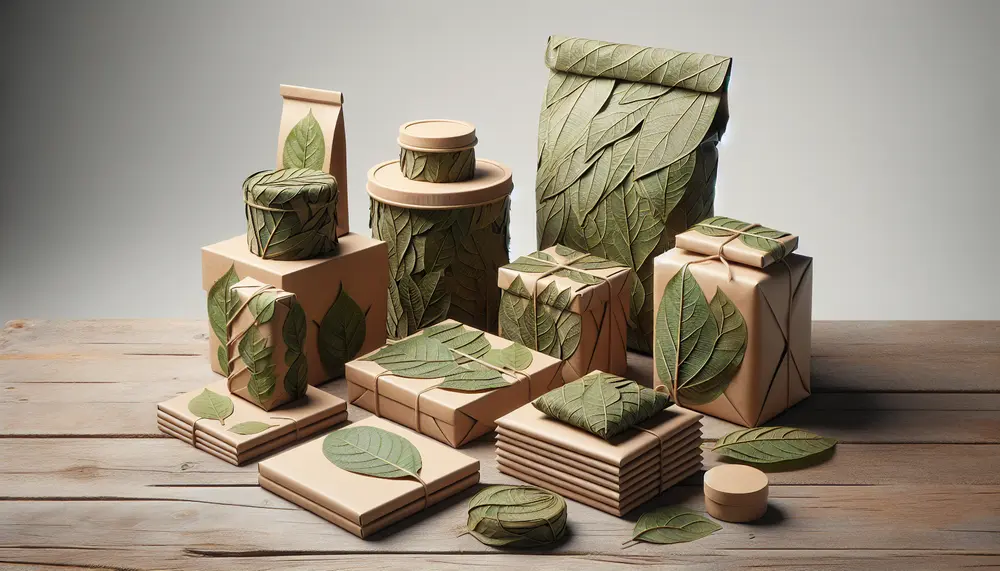
Leaf-based packaging materials are ancient practices re-emerging for modern sustainability, utilizing plant leaves as biodegradable and renewable solutions with minimal environmental impact. They reduce carbon emissions compared to plastic production, decompose rapidly without toxic residues, and align with circular economy...
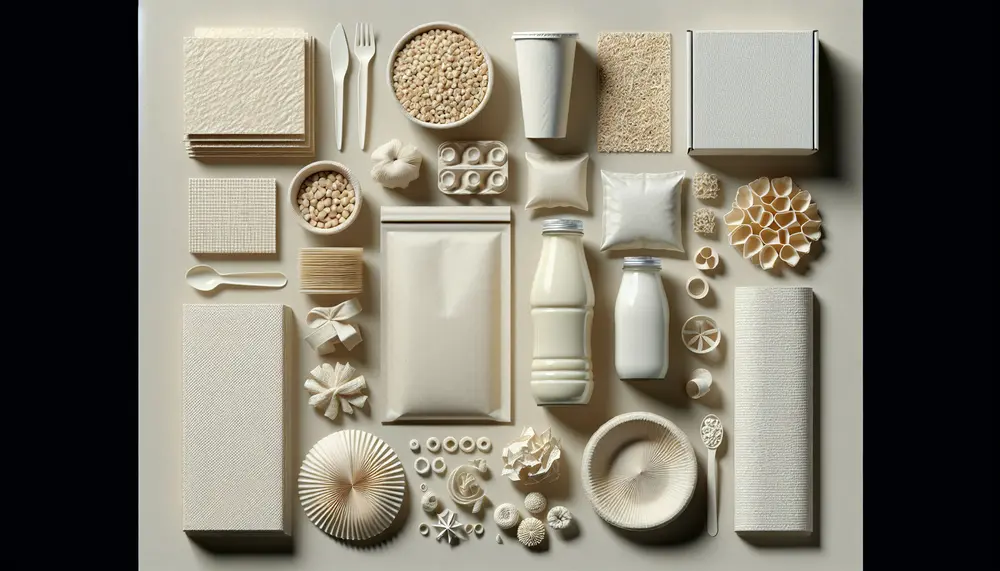
Cornstarch is a biodegradable, eco-friendly alternative to traditional packaging materials, offering similar functionalities with less environmental impact. It's used in various industries for products like containers and bags, reduces reliance on fossil fuels, and supports climate change efforts by emitting...
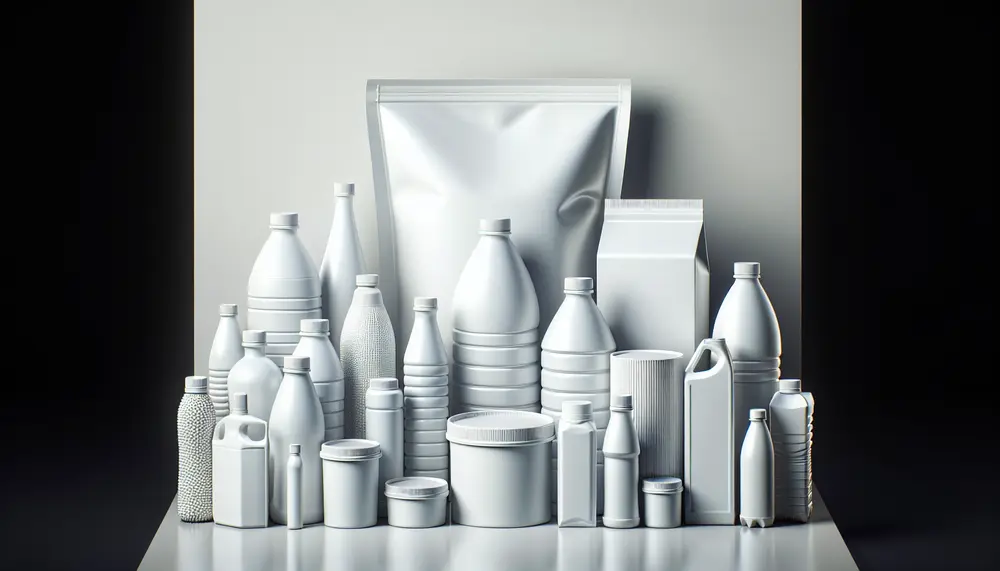
HDPE packaging is valued for its durability, lightweight nature, and resistance to environmental factors. It's versatile in shape and size customization, cost-effective during transport due to its light weight, and environmentally friendly as it's 100% recyclable. High-density polyethylene (HDPE) is a...
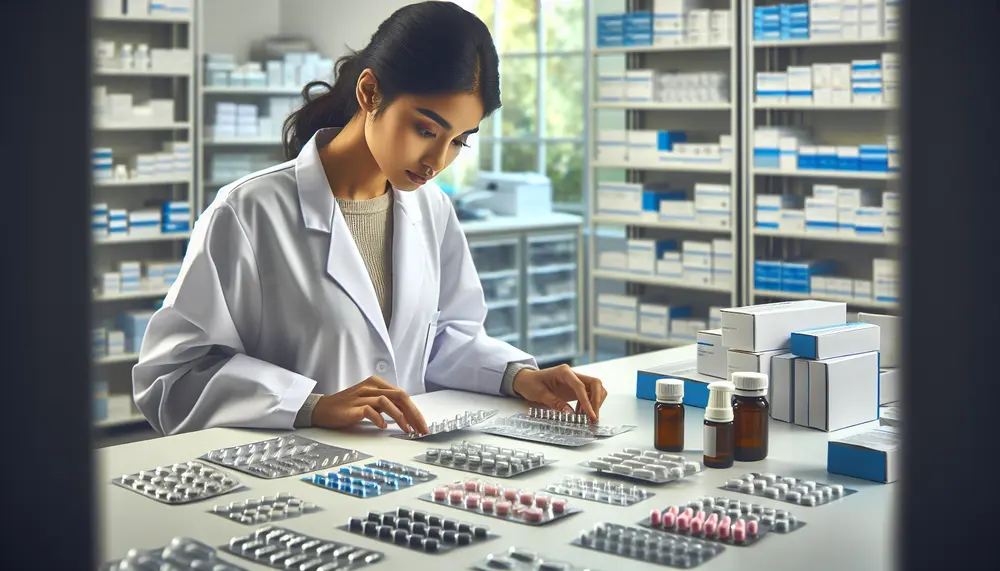
Pharmaceutical packaging defects can compromise product integrity, posing health risks and financial losses; common defects include uneven sealing surfaces, raised seams, excess bottom flash, uneven sides, foreign material presence, and incorrect material specifications. Identifying causes such as material quality issues,...

Understanding sustainable packaging is vital for businesses to minimize environmental impact and meet consumer demands, focusing on eco-friendly materials and practices. Key concepts include life cycle assessment, recyclability, and the circular economy, which guide companies in selecting suitable materials while...
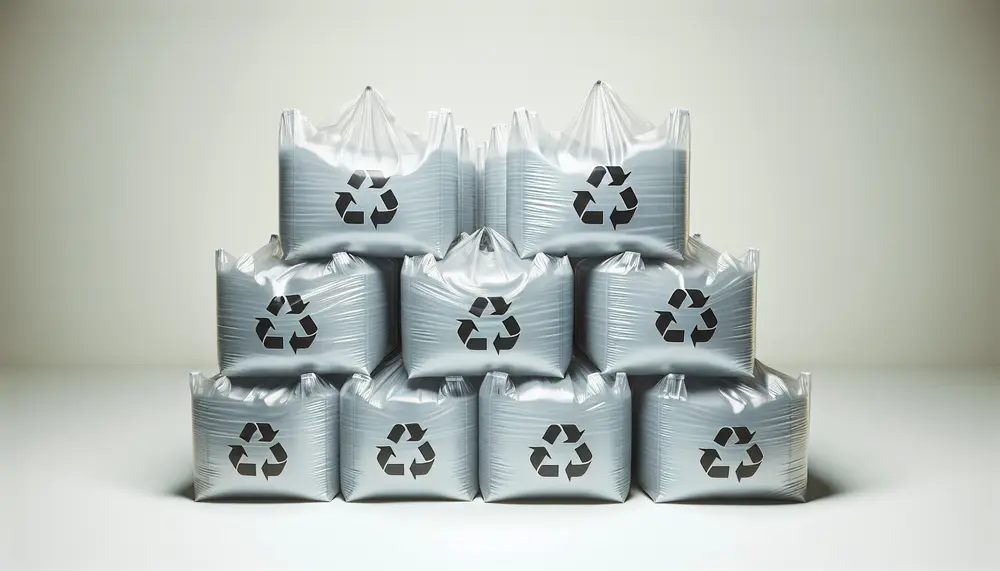
HDPE bags are known for their strength, flexibility, and eco-friendliness due to their robust molecular structure; they resist impacts, chemicals, moisture, and temperature variations while being recyclable. Their durability allows multiple uses and secure transportation of goods with less environmental...
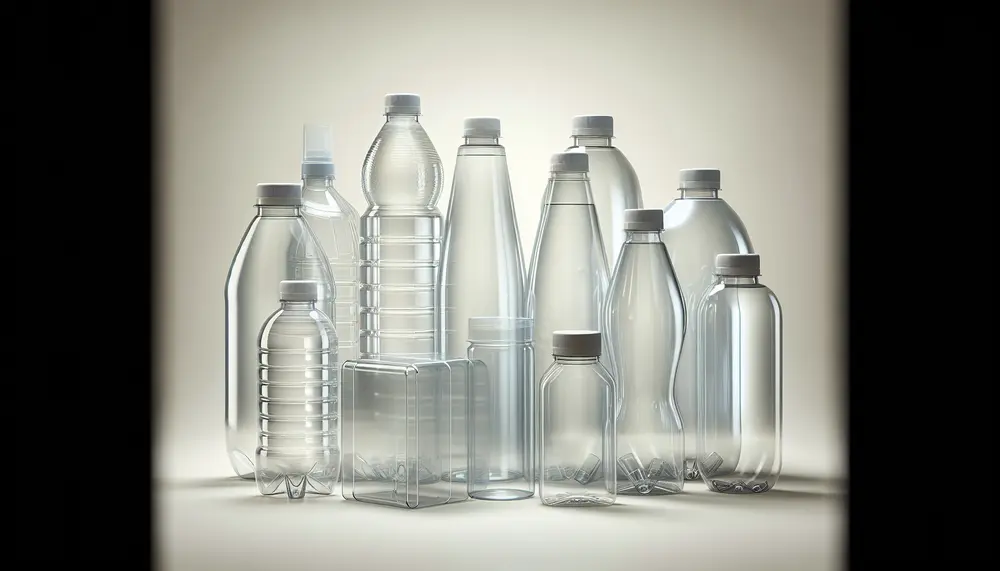
RPET packaging, made entirely from recycled plastic bottles and containers, offers a sustainable alternative with reduced carbon footprint and energy usage compared to virgin plastics. It supports continuous recycling in a closed-loop system, encouraging eco-friendly practices among consumers and industries...
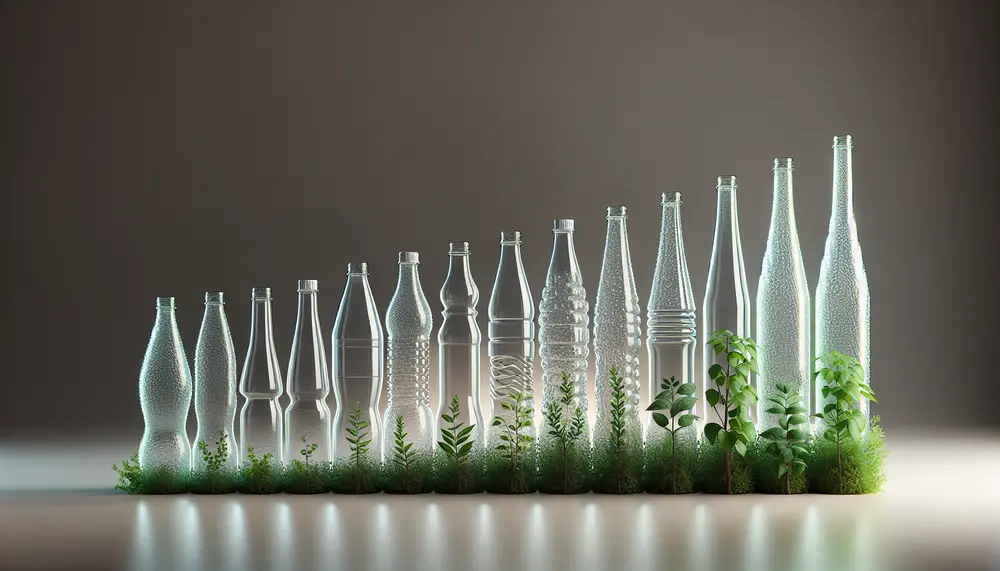
RPET stands for recycled polyethylene terephthalate, a sustainable packaging material made from recycling used PET plastics. It reduces reliance on virgin plastic and conserves resources while maintaining quality through multiple life cycles. The journey of RPET bottles involves collection, sorting, cleaning,...
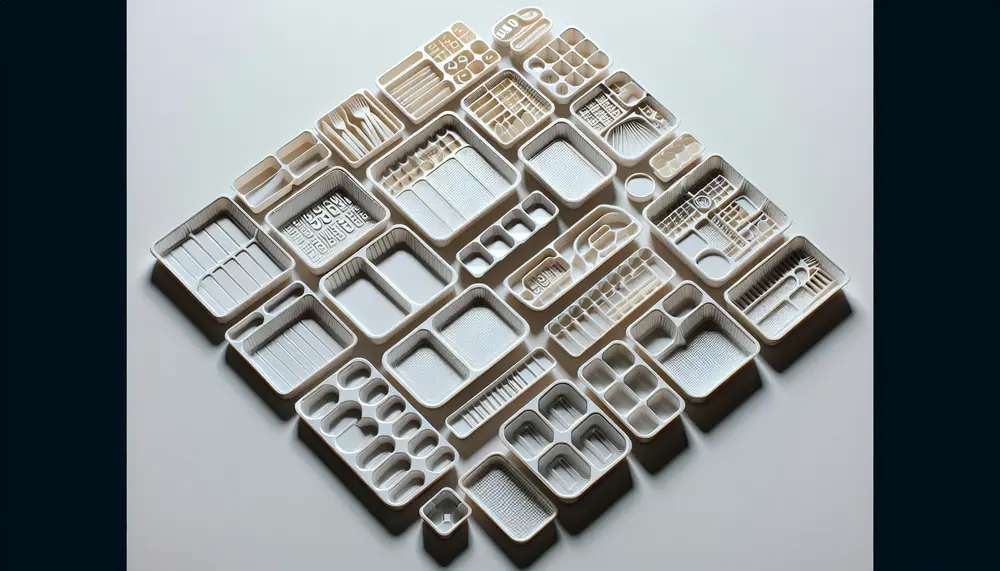
Plastic trays are essential in various industries for their customizable size, shape, and material, offering versatility from warehouse organization to sterilized medical packaging. They come in different designs like compartmentalized or vented ones and have evolved with eco-friendly options to...

Affordable packaging focuses on cost-effective, quality solutions that balance price with durability and sustainability. It involves exploring materials like bioplastics, optimizing design for minimalism and efficiency, and staying updated on industry trends to reduce costs without sacrificing customer experience or...
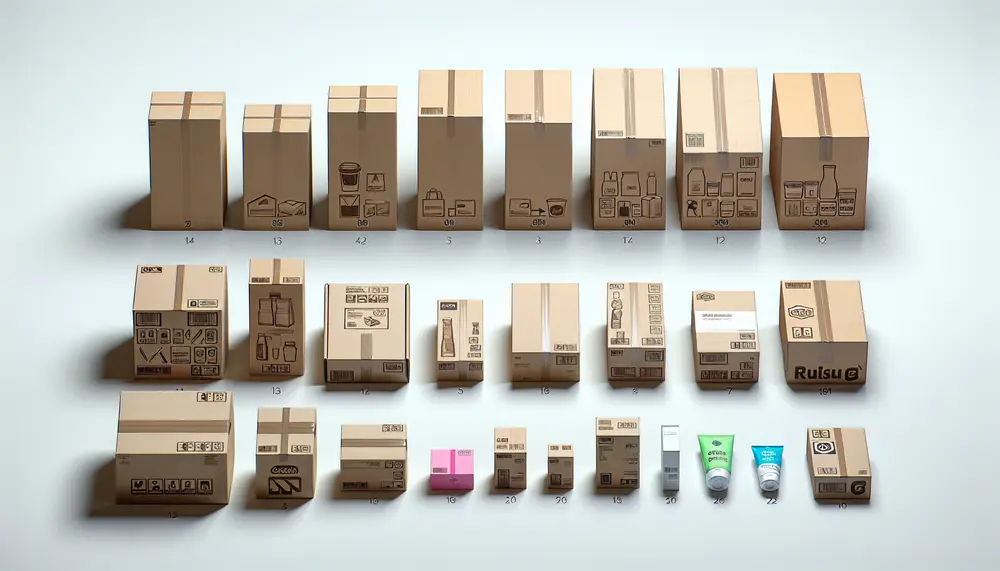
Product packaging is essential for protection, marketing, and providing consumer information; it influences brand perception and purchase decisions through design elements like color schemes. The design process involves research, feedback, prototyping, and technical considerations to ensure functionality and appeal. Choosing packaging...
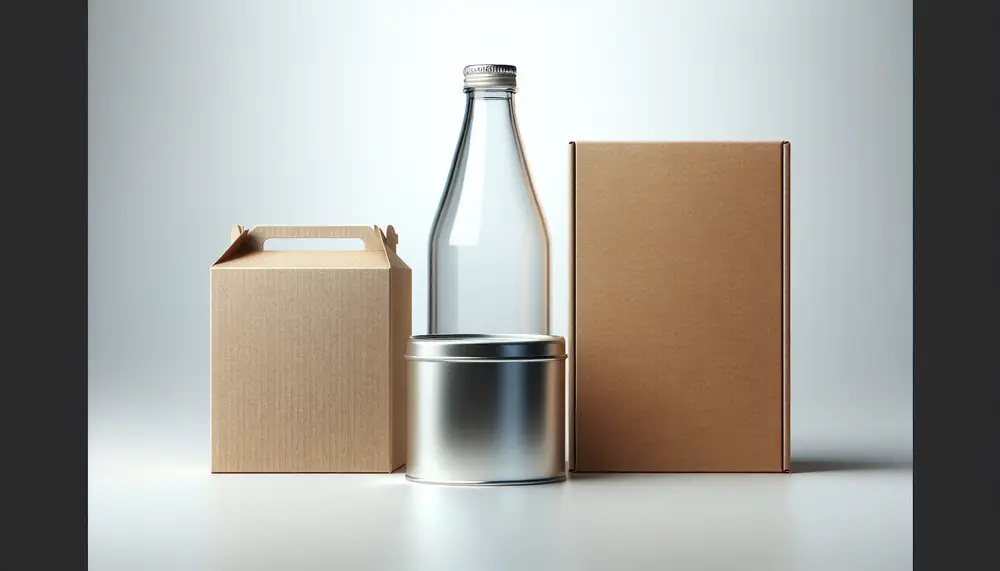
Packaging design combines aesthetics and functionality, focusing on the product, brand identity, consumer appeal, and compliance with regulations. Good packaging balances visual attractiveness with practicality to enhance user experience and encourage loyalty. Effective packaging requires a balance of clear messaging, simplicity...

The article discusses the significant role of packaging giants in driving innovation and efficiency within the industry, focusing on their strategic importance, market dominance across various materials, and efforts to meet changing demands with sustainable solutions. It highlights how these...
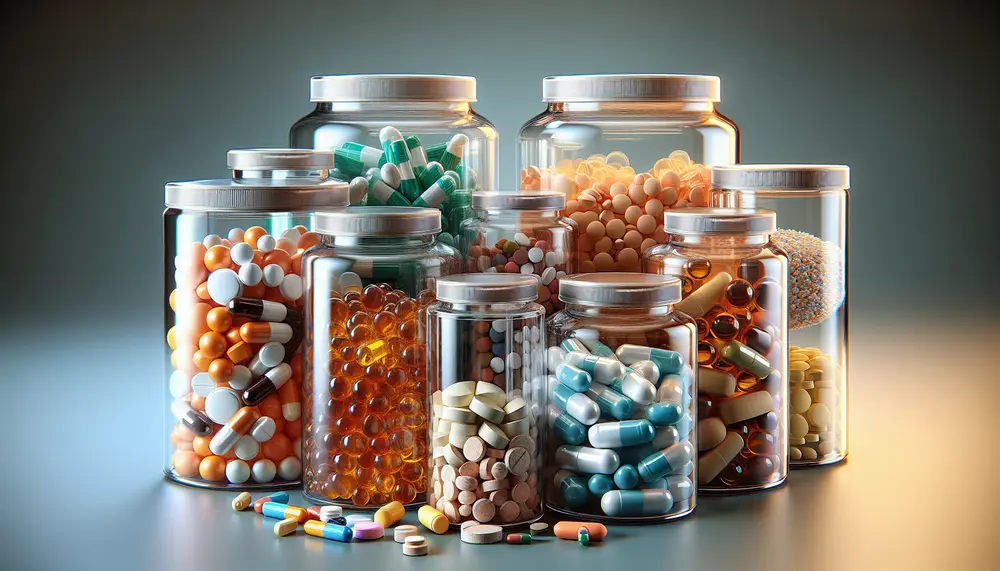
Glass is the preferred material for pharmaceutical packaging due to its chemical inertness, excellent barrier properties against gases and moisture, non-porous surface, recyclability, aesthetic appeal, temperature resistance, and light protection capabilities. These attributes ensure that medications remain pure, stable, effective...

Plastic packaging for cleaning agents is designed to be chemically resistant and secure, with specific plastics chosen based on their interaction with the product's chemicals. Child-safe features like CR closures are essential for preventing accidental access by children. Eco-friendly plastic options...
